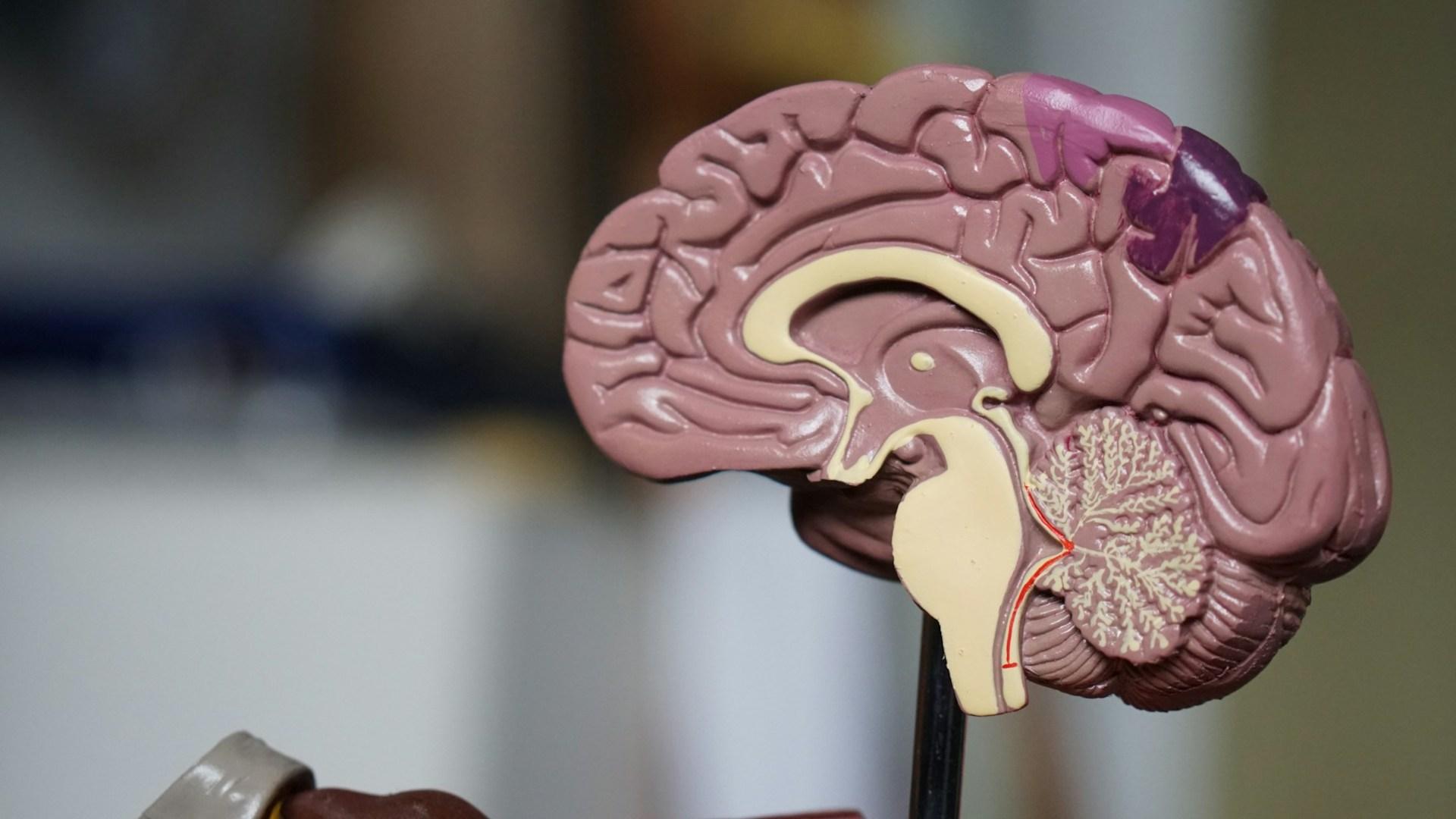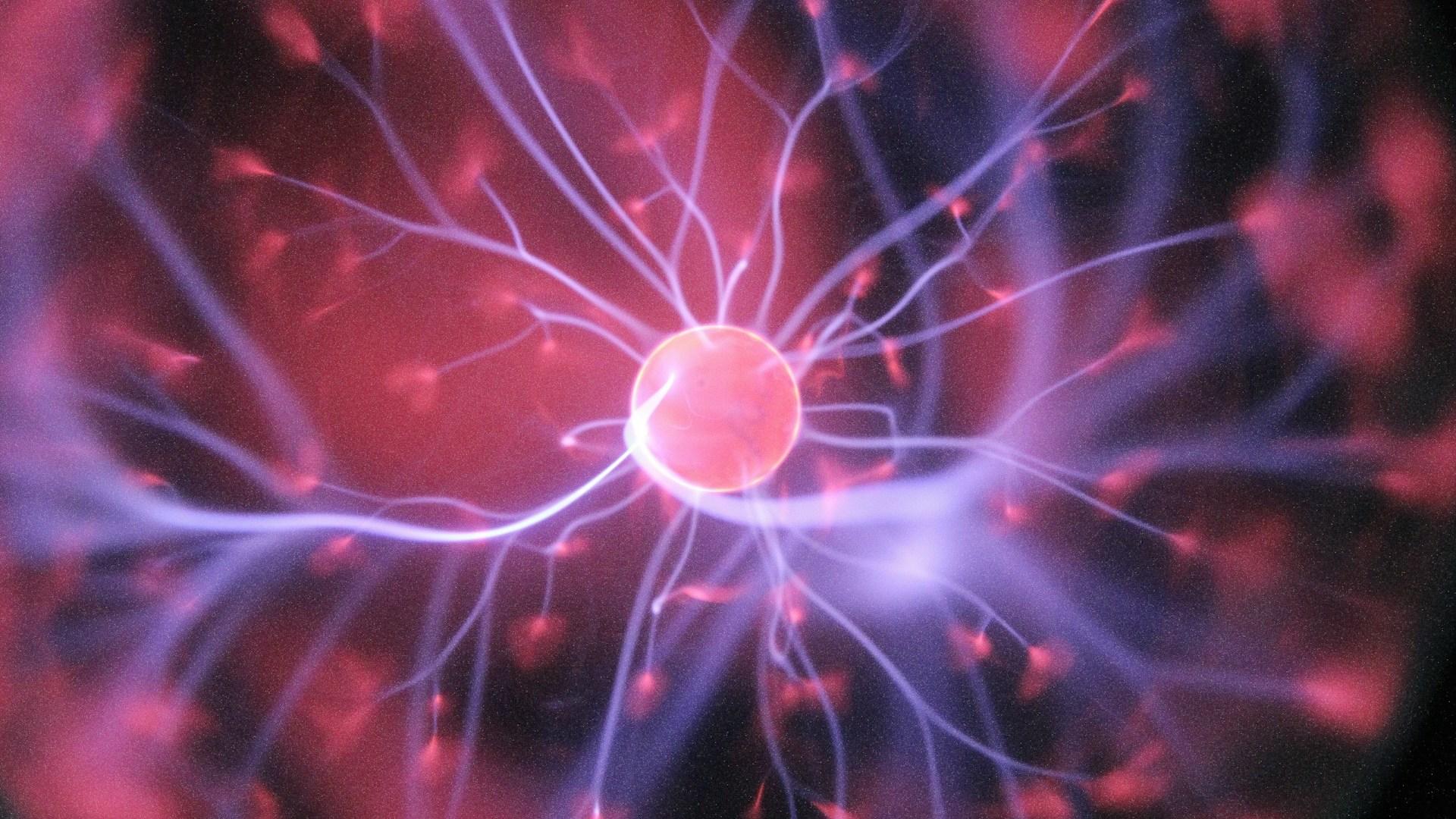A new discovery about the mechanism of action of semaglutides, the drug marketed as Ozempic or Wegovy, may lead to the development of newer, more targeted drugs without side effects.
The discovery was announced in a press release by a team at the Monell Chemical Senses Center on Thursday, and the discovery may have implications for any drugs with side effects.
What is Semaglutide?

Semaglutide is an anti-diabetic and anti-obesity medication, marketed as Ozempic and Wegovy.
Ozempic is meant to be used alongside dietary changes and exercise to help sufferers of diabetes control their blood sugar levels, while Wegovy is marketed according to semaglutide’s weight-loss effect.
Side Effects

Although there are many health benefits to weight loss above and beyond aesthetics, semaglutides also carry a number of risks.
They can cause dizziness, flatulence, fatigue, nausea and diarrhea as well as several forms of inflammation. It is also unknown if they can cause medullary thyroid carcinoma, a form of cancer.
Makes You Feel Full

GLP-1 drugs, of which semaglutide is one, work by acting on receptors of the brain responsible for satiety, the feeling of fullness.
The feeling of fullness may prevent overeating and, in turn, lead to weight-loss and subsequent benefits.
Fullness and Nausea

The issue is that, along with satiety, the drugs cause nausea, and scientists had believed that the sensations were linked.
As the GLP-1 drugs act on a specific group of neurons, it was believed that the sensations caused by this mechanism were ‘part and parcel’ to the process.
Shock Discovery

The surprise discovery, made by the Monell Chemical Senses Center, was that the individual neurons that cause the satiety and nausea sensations were in fact separate.
Amber L. Alhadeff, PhD, at Monell, said: “One of the barriers to drug treatments for obesity is side effects such as nausea and vomiting. We did not have a good idea of whether these unpleasant side effects are related or necessary for the weight-loss effects.”
Brain Scan

They discovered this, at first, through photon imaging of the GLP-1R neurons in the brains of live mice.
This showed that different neurons in the hindbrain were reacting differently to different types of stimuli.
Testing Behavioral Outcomes

After this discovery, the scientists separated out the two groups and tested them according to their behavioral outcomes in the mouse.
They found that the group of neurons responsible for nausea did not have to be activated for the appetite-suppressant effects to take place.
Drug Development Potential

This has implications for the development of new drugs, which could selectively target the ‘satiety’ neurons, thus bypassing the unpleasant nausea side effects associated with semaglutides.
Amber L. Alhadeff, PhD, at Monell, says: “Developing experimental obesity drugs that selectively activate this population may promote weight loss while avoiding aversive side effects.”
Potential for Any Drug with Side Effects

The concept of separating out areas of the brain responsible for therapeutic reactions to drugs from areas that lead to unwanted side effects is a potentially significant development in pharmaceutical science.
It means that, in theory, any drug with side effects, even serious side effects, can be tweaked to selectively cause only the therapeutic effects.


